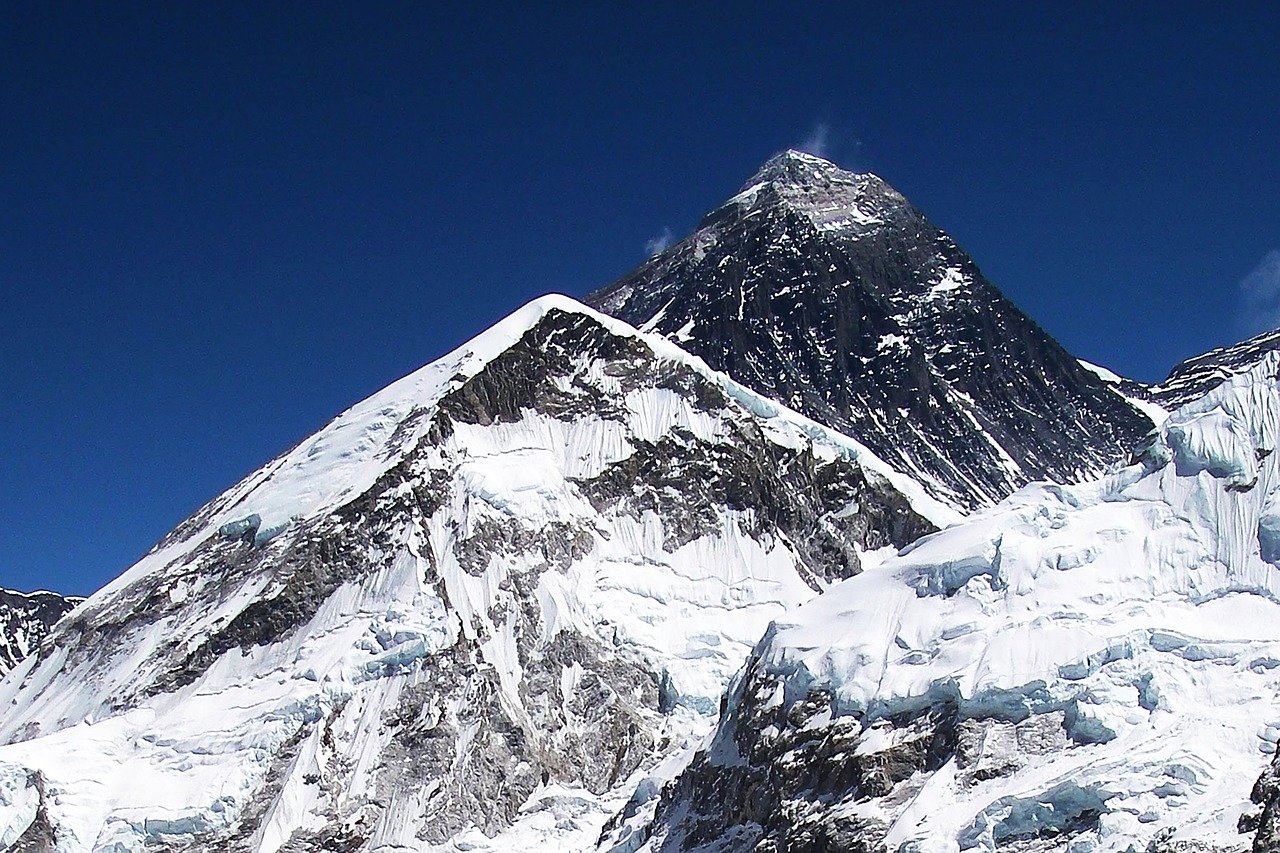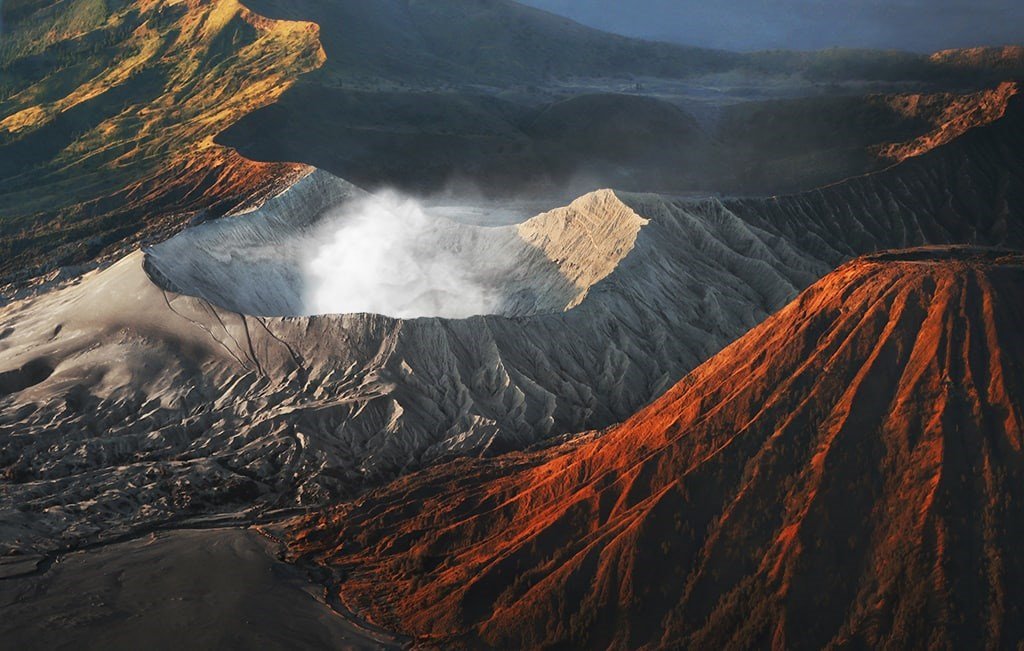Victoria Falls: The Smoke That Thunders
Tucked between the borders of Zimbabwe and Zambia, Victoria Falls is one of the most spectacular natural wonders on Earth. Known locally as Mosi-oa-Tunya, which means “The Smoke That Thunders,” this breathtaking waterfall is more than just a scenic attraction—it’s a symbol of nature’s raw power and beauty.
Every year, millions of travelers flock to witness the awe-inspiring curtain of water crashing down into the Zambezi Gorge. But Victoria Falls is more than just a visual experience—it’s a full sensory adventure, from the roar of falling water to the cool mist that soaks your skin.
The Geography of a Giant
Victoria Falls stretches 1,708 meters wide and plunges up to 108 meters deep, making it the largest sheet of falling water in the world. It is nearly twice as tall as Niagara Falls and about 500 meters wider.
Fed by the mighty Zambezi River, the falls split into multiple sections depending on the water level—these include Devil’s Cataract, Main Falls, Rainbow Falls, and the Eastern Cataract. During the rainy season (typically February to May), the volume of water is so high that the entire area becomes shrouded in mist visible from over 20 kilometers away.
A UNESCO World Heritage Site
Designated a UNESCO World Heritage Site in 1989, Victoria Falls is protected not just for its stunning scenery but also for its ecological significance. The surrounding area, including Victoria Falls National Park in Zimbabwe and Mosi-oa-Tunya National Park in Zambia, is home to rich biodiversity. You can spot elephants, buffaloes, giraffes, hippos, crocodiles, and various bird species in their natural habitat.
The lush rainforest created by the constant mist is home to rare plant species that thrive in this unique environment.
Activities Around the Falls
There’s much more to do at Victoria Falls than just admire it from a viewpoint. Whether you’re an adrenaline junkie, a nature lover, or a cultural explorer, there’s something for everyone.
1. Viewing the Falls:
There are various walking trails that offer panoramic views. The Knife-Edge Bridge on the Zambian side gives you a front-row seat to Rainbow Falls, especially during the full flow season.
2. Helicopter and Microlight Flights:
These “Flight of Angels” tours offer a bird’s-eye view of the falls, the river, and the surrounding gorges. It’s an unforgettable way to grasp the sheer scale of the falls.
3. White-Water Rafting:
The Zambezi River below the falls is one of the best places in the world for white-water rafting, especially during the dry season.
4. Devil’s Pool:
For thrill-seekers, a swim in Devil’s Pool, located right on the edge of the falls during the dry months, is the ultimate experience. With expert guides, you can safely wade into the natural rock pool and peer over the edge.
5. Bungee Jumping:
Jumping off the 111-meter high Victoria Falls Bridge into the gorge below is one of the most exhilarating experiences in Africa.
6. Sunset River Cruises:
A calmer but equally beautiful option is a Zambezi River cruise. Watch hippos and crocodiles in the water, elephants along the shore, and soak in the glorious African sunset.
Best Time to Visit Victoria Falls
The best time to visit depends on what kind of experience you’re looking for:
- February to May (High Water): The falls are at their most powerful. The mist and thunder are awe-inspiring, but views may be obscured.
- June to August (Moderate Flow): Excellent viewing conditions, with plenty of water and clear skies.
- September to November (Low Water): Devil’s Pool is accessible, and activities like rafting are at their best.
- December to January: Rain begins to fall, and the water volume starts to rise again.
Local Culture and History
Victoria Falls isn’t just a natural marvel—it’s also deeply rooted in the culture and history of Southern Africa. The indigenous Tonga people have lived around the falls for centuries and regard it as a sacred place.
The falls were introduced to the Western world in 1855 by the Scottish explorer David Livingstone, who named them after Queen Victoria. Today, you’ll find a statue of Livingstone on the Zambian side, a reminder of the area’s colonial past.
Local markets in nearby towns like Victoria Falls Town (Zimbabwe) and Livingstone (Zambia) offer handmade crafts, wood carvings, jewelry, and fabrics that reflect the rich cultural traditions of the area.
Conservation Efforts
Tourism brings economic benefits to the region, but it also poses challenges. Thankfully, many organizations are working to protect the environment through sustainable tourism practices.
- Community-based tourism projects ensure that local people benefit directly from visitor spending.
- Eco-lodges and green-certified hotels are becoming more common, helping to reduce environmental impact.
- Wildlife conservation initiatives focus on protecting endangered species and preserving the integrity of the ecosystem.
Travel Tips for Visitors
- Visa Requirements: Check whether you need a visa for Zimbabwe, Zambia, or both. Some travelers opt for the KAZA Univisa, which covers both countries and allows multiple crossings.
- Currency: Zimbabwe uses the USD, while Zambia uses the Zambian Kwacha.
- Health: Carry insect repellent and consult a doctor about malaria precautions.
- Photography: A waterproof camera or phone case is recommended due to the heavy mist.
Final Thoughts
Victoria Falls is not just a destination; it’s an experience that touches the soul. From the thundering waters to the peaceful Zambezi River, from adventure sports to cultural insights, every moment spent here is unforgettable.
Standing before the falls, drenched in mist and overwhelmed by the sound of crashing water, you realize the true scale of nature’s power. It humbles, inspires, and connects us to something greater.
Whether it’s your first visit or your tenth, Victoria Falls never loses its magic.


